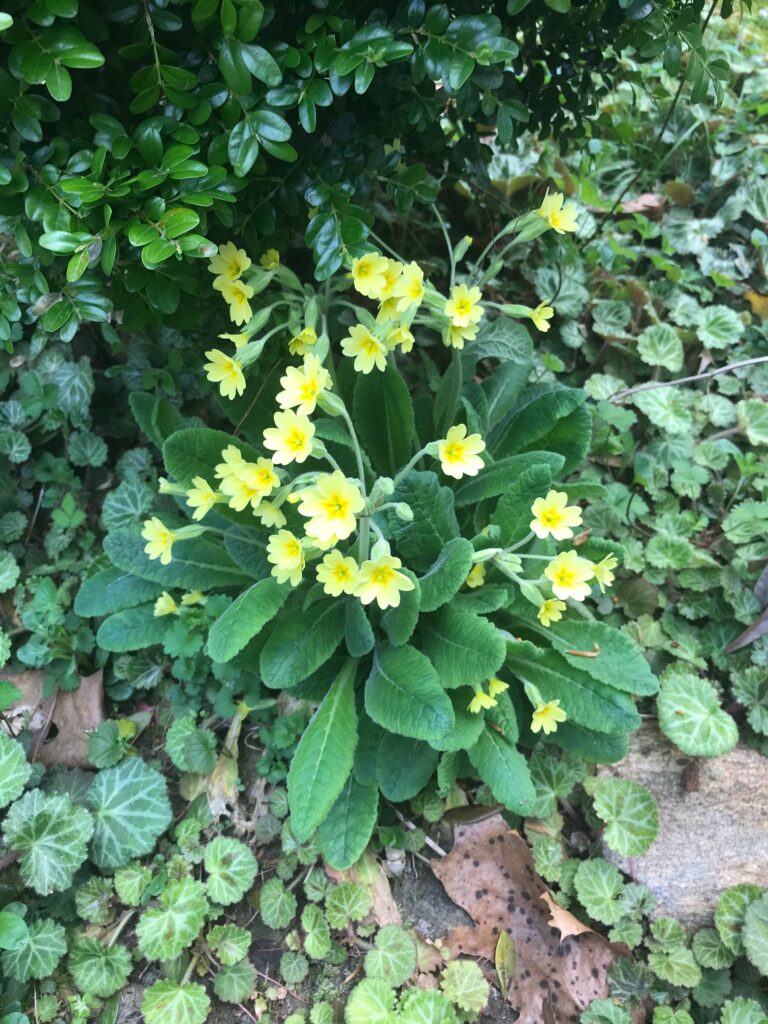“Tulips!” Anne C.
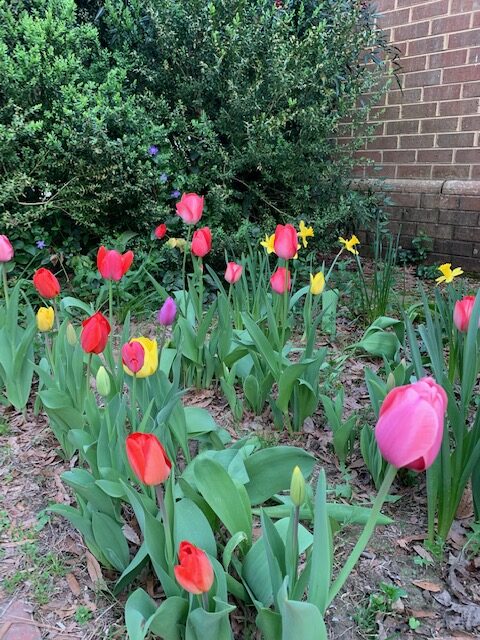
“More tulips!” Anne C.
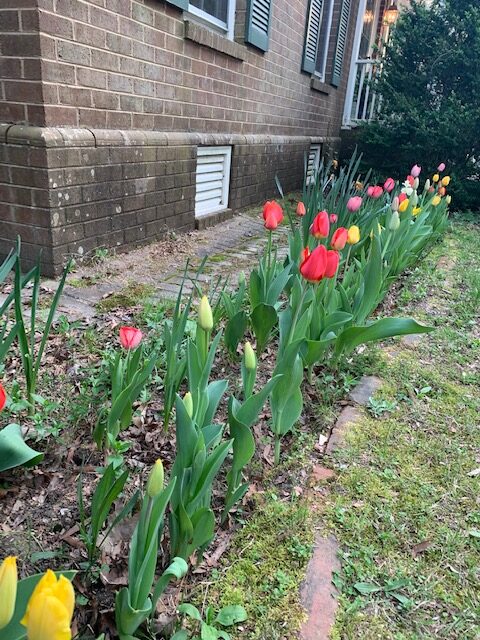
“Tulips!” Anne C.

“More tulips!” Anne C.

“I was happy to see so many white daffodils in bloom at Miss Mary Beirne’s house recently.” Miriam G.
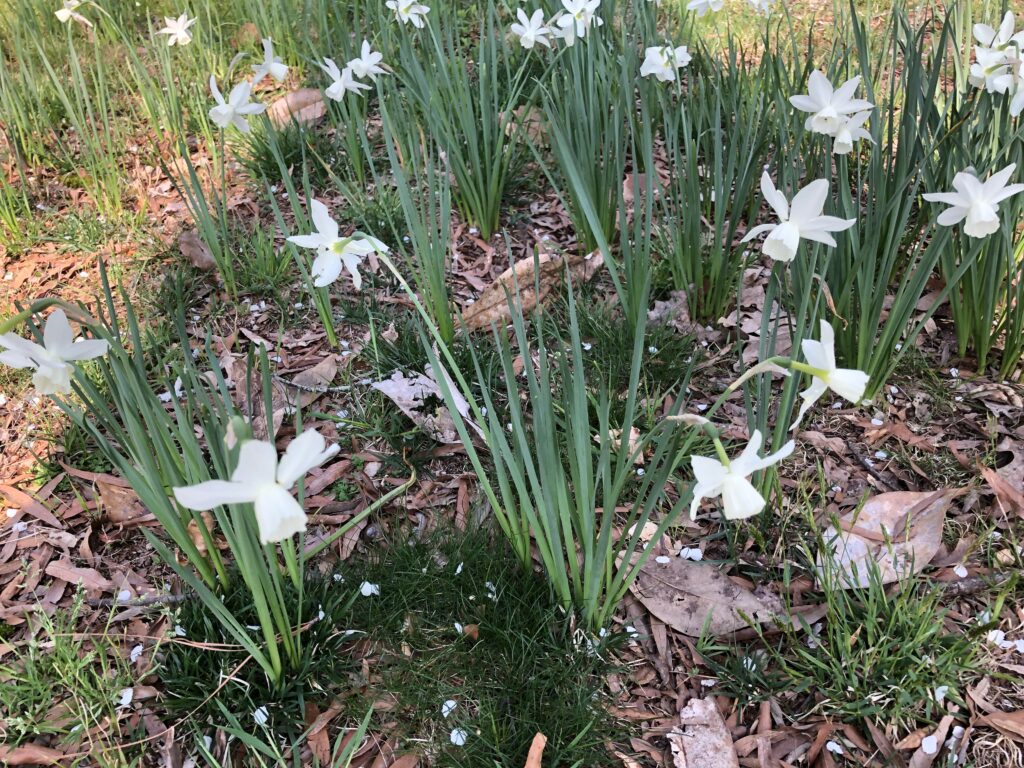
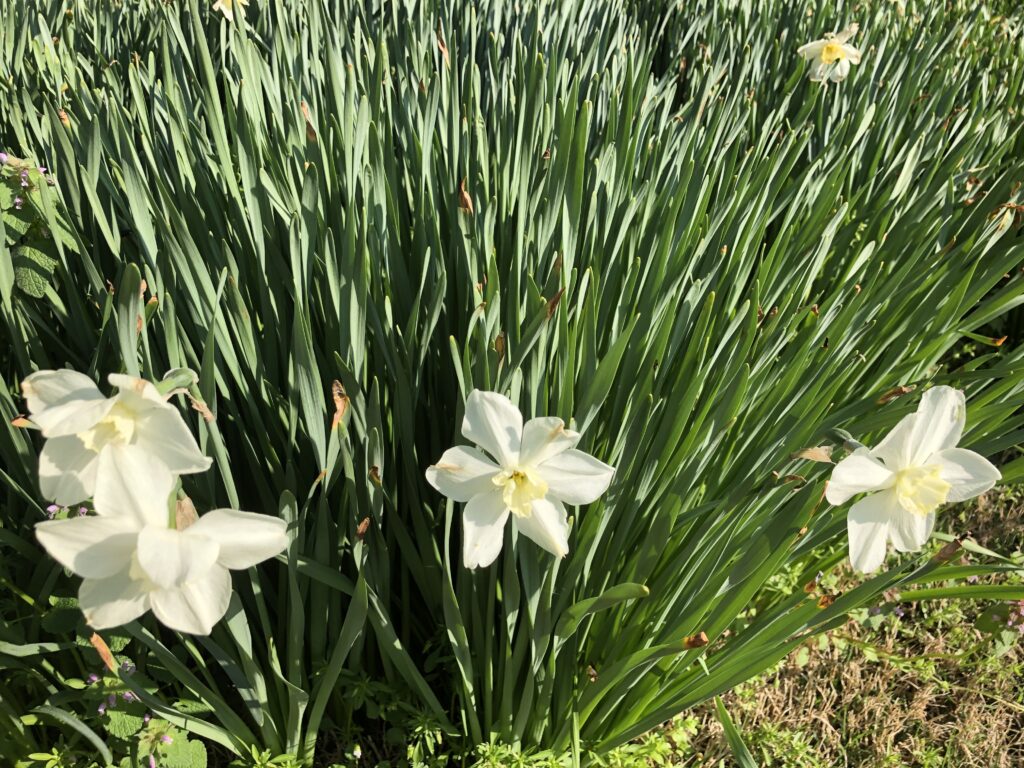

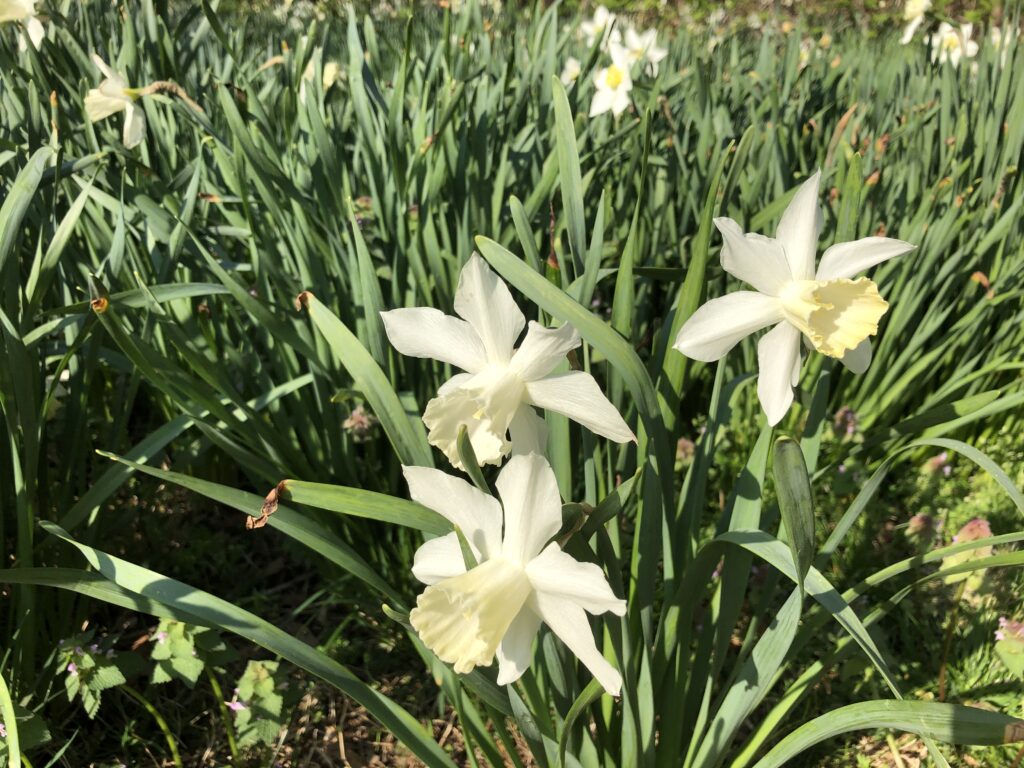
Norah O. sent this picture of the gorgeous wisteria that blooms in the spring on the front of Main Hall at Randolph College (formerly Randolph-Macon Woman’s College, my Alma Mater)
“Parrot Tulips! I took a picture before something could eat them.” Lauren T.
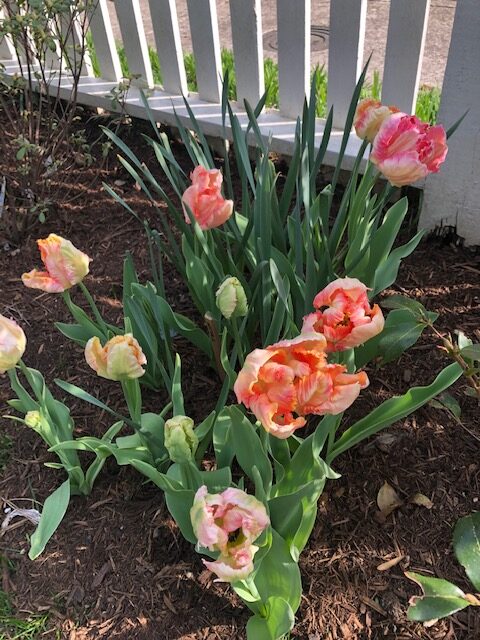
Maryanne G., “Thanks to Ann I have cowslips ! Love them”
